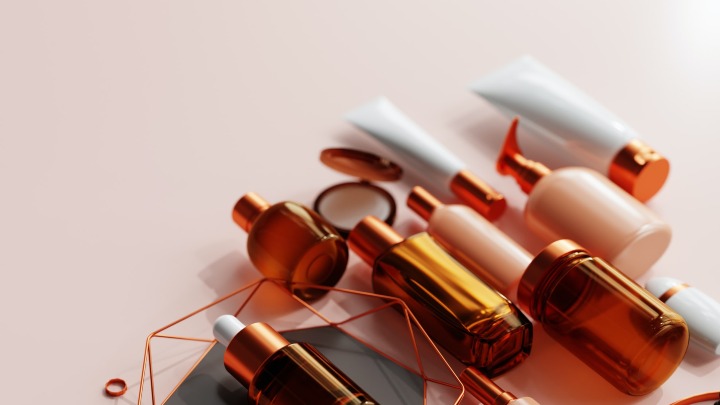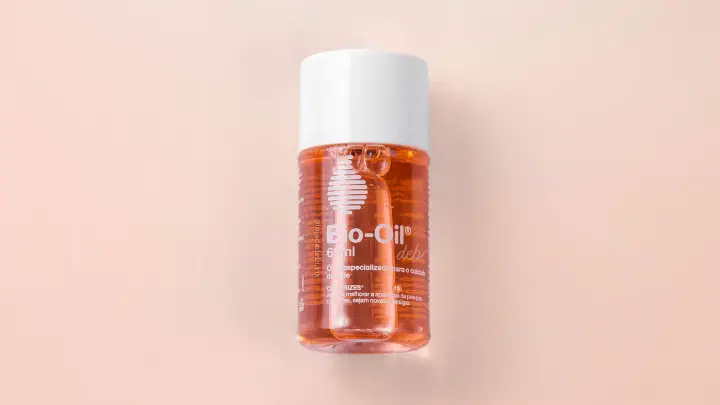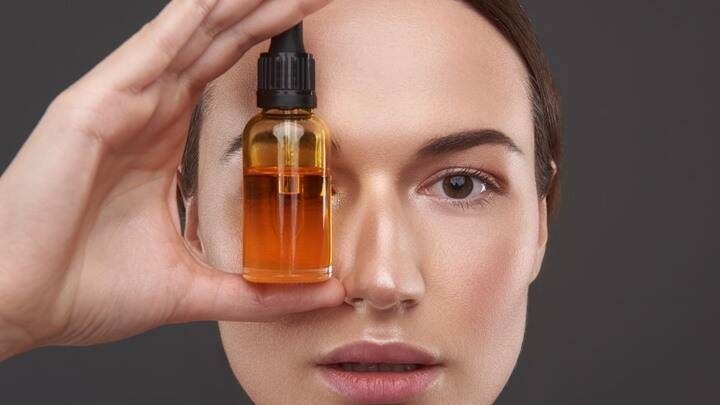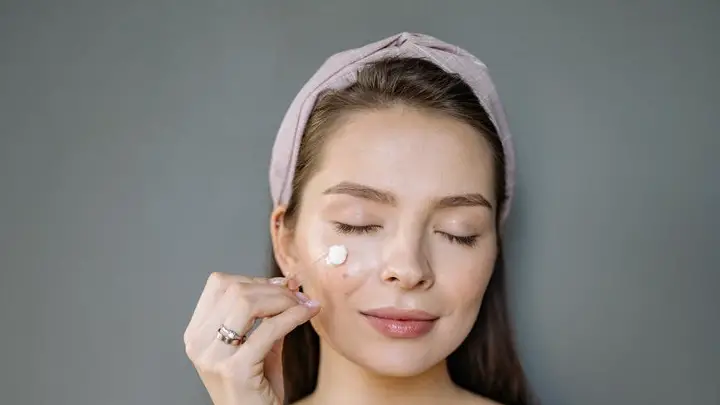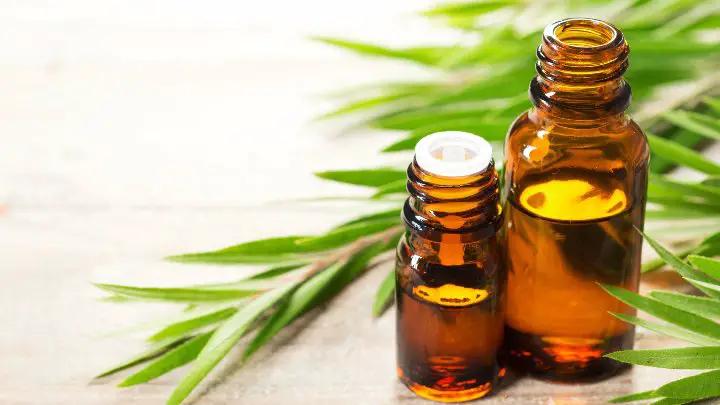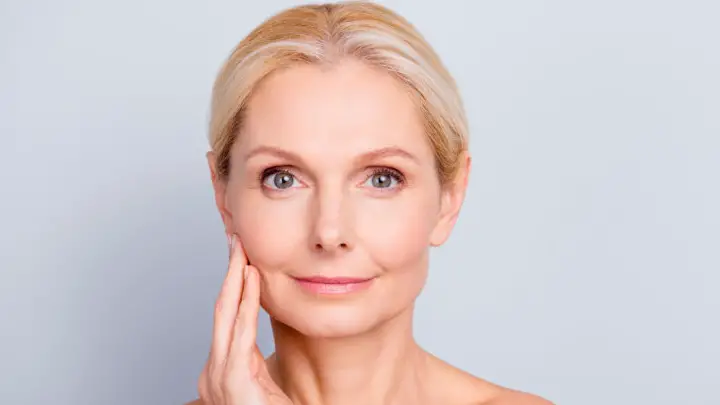When it comes to your skincare routine, getting it right is the best solution. You don’t have to have everything down, like the pro you are. However, skin care layering does have a bit of science to it.
And no, you don’t have to get your chemistry and maths kit to measure and calculate the proportions and doses. But you do have to know what you’re doing. After all, your layering can affect the skin glow you want.
Layering your products can be from a simple step of two to three products, or be robust to include a wide variety of products depending on your skin issues and targets.
Nonetheless, the layering is all the same – some products come before others, no matter how minimal or robust the routine is.
As a result, to get the confusion out of the way here’s a complete guide on how skincare layering is done.
Skin Care Layering Guide
You can get the best out of your skincare with this 11-step guide in layering for a complete and effective skincare routine.
1. Cleanser
A cleanser is a lightweight water- or oil-based product that removes dirt, grime, and makeup. The product helps to clean your skin pores-therefore, called a cleanser.
A cleanser comes first in your skincare routine because it washes off dead skin cells and makeup residues off your face. Therefore, it prevents clogged pores and breakouts.
Cleansers come in different formulas, depending on your skin type. However, they all do the same thing- remove debris and pollutants to improve skin tone. You can opt for a simple facial cleanser or a two-step cleanser that includes oil- and water-based solutions.
2. Exfoliator/ Mud Mask
Exfoliating is an essential part of your skincare routine. This is because it removes dead skin cells, clears out your pores, and improves your skin tone. There are mechanical exfoliators and chemical exfoliators.
Mechanical exfoliators include salt or sugar scrubs, exfoliating gloves or brushes, or other tools used to physically slough off dead skin cells.
Chemical exfoliators are products that use enzymes or acids to peel off dead skin cells from the skin. Chemical exfoliators include peels and AHAs or BHAs exfoliating scrubs.
How often you exfoliate depends on your skin type and condition. For instance, while oily and acne-prone skin can exfoliate up to three times a week, dry and sensitive skin should maintain a one to two times frequency to avoid irritating the skin.
3. Toner
Toner comes next after exfoliating. A toner is a quick solution that provides hydration to the skin. The product also removes the leftover residues in your skin. Toners come in different formulas (oily-, water-, or alcohol-based).
They also enhance the moisture of your skin, opening your skin pores for the products to come. Toners are known as the forerunner because they prep the skin for the active ingredients to come.
4. Essence and Face Mists
Essences and face mists come after toners. You can use either first; they have the same consistency. Essences and face mists provide extra hydration to the skin. This is especially great for parched skin.
Consequently, essences and face mists are optional in your skincare layering. However, if you have comprehensive skincare, your essence comes before serums.
5. Serum
Serums are targeted products that provide skin rejuvenation and treatment for specific skin issues. Serums are one of the most important skincare products in any routine. This is because they offer concentrated active ingredients that treat your skin imperfections in a short time.
Serums are usually specific and gel-like. Furthermore, they are thicker but light enough to penetrate the skin quickly. This is why they come after toners. While toners open your skin, serums penetrate to provide instant treatment that provides a result in no time.
6. Spot Treatment
Spot treatments offer the same quick results just as serums. However, they are not as concentrated. Spot treatments also come in cream or gel-like formulas. They are much more versatile in consistency but thicker than serums.
Furthermore, they treat skin issues like eczema, dark spots, acne breakouts, or blackheads. They also treat skin reactions like allergies. The creams are targeted in nature. This makes them an optional tool. But if they are in your skincare routine, they are layered on a serum.
7. Eye Cream
Eye creams rejuvenate your eye area. They hydrate, moisturize, and soothe irritations. Eye creams are moisturizing formulas that reduce wrinkles, fine lines, dark circles, or dull skin color. They usually come in cream forms but are lightweight enough to penetrate your skin with ease.
8. Light Face Oil
Jojoba oil, argan oil, rosehip oil, and sunflower oil are examples of light facial oils. Light facial oils help to moisturize the skin and help seal the active serums into the skin. Due to their emollient features, they retain moisture in the skin.
While light facial oils can be skipped, they do help in adding a layer of hydration to your skin if you need it.
9. Moisturizer
Moisturizers are also essential like serums. They work together to provide moisture and treatment. However, a moisturizer is not as concentrated as a serum. While a serum is targeting, a moisturizer is encompassing.
That is, it moisturizes, enhances smooth skin, improves skin tone or complexion, and promotes long-lasting hydration.
The consistency is thicker and creamier than a light face oil and serum. Therefore, it comes after them.
10. Heavy Face Oil
Heavy face oils are usually occlusive like coconut oil to seal moisture on the skin. They are products that provide cover to your skin. Nonetheless, they perform the same function as your lightweight face oil.
Heavy face oils come after moisturizers due to their film cover. The oil seals the skin pores, not letting anything in or out. As a result, they come after a moisturizer has penetrated your skin effectively.
11. Sunscreen
This is the last step in your skincare layering. Sunscreens create a shield on your skin. This protects your skin from external pollutants, free radicals, and ultraviolet radiation. Sunscreen also seals your skin’s moisture.
You need to add sunscreen to your daily skincare routine. However, your night routine does not need sunscreen.
Tips on Skin Care Layering
While knowing what products to add or remove in your skincare routine, a simple guide on what to do will prevent a mix-up that could lead to – horror! – breakouts.
Start with the lightest product to the heaviest product
Consistency is a compass to laying your skin care products. Start from the lightest skincare product (cleanser) to the thickest (face oil or sunscreen).
Never go without sunscreen in your morning routine
This is a cardinal rule when layering your products in your daily routine. Going out or staying indoors, a good sunscreen cover protects your skin from ultraviolet rays.
Avoid using contrasting ingredients in one routine
Avoid combining ingredients that will likely react to your skin. For instance, retinol or vitamin C with AHAs or BHAs are not compatible. Your skin will most likely be irritated.
The same goes for vitamin C and benzoyl peroxide. The ingredients cancel each other, therefore rendering them ineffective on your skin.
Frequently Asked Questions
Can you layer your night skin care products the same way as your daily routine?
Yes, you can. The rule of thumb of layering from lightest to thickest applies to all routines.
You can layer your products the same way. However, skip your sunscreen and end with night cream or face oil for moisture.
Can you layer acids into your skincare routine?
Yes, you can. You can layer your skincare acids. Your AHAs (Alpha Hydroxy Acids) and BHAs (Beta Hydroxy Acids) acids can be combined in your skin routine.
While it could be irritating for sensitive skin, oily and acne-prone skin can layer the acids together. However, start with acid with a lower pH level. This way your skin’s pH level is controlled.
Can you layer face oil before serum?
No, you can’t. Avoid applying your face oil first before serum. Oils have a thicker consistency than serums (even when oil-based).
Moreover, oils are occlusive or emollients. They would lock the ingredients in serums out of the skin, which leads to oxidation. Therefore, a serum with its active ingredients comes first before applying face oils or moisturizers.
Conclusion
When it comes to skin care, layering is not complicated. However, it does have its tricks and logic. For example, you need to move from lightest to heaviest. Consequently, liquid solutions to cream or thicker formulas.
Nonetheless, sticking to this layering guide helps to prevent breakouts or avoid inefficiently using your products. Moreover, you can’t get the best out of your product without using the right products, which is the first order of things.
Thanks for reading.
Serum101 is your guide on all things skincare and beauty.
